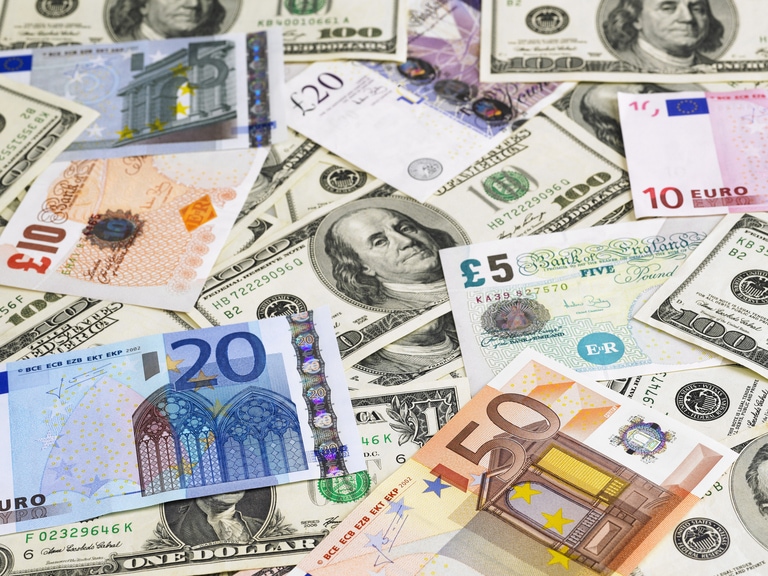European markets managed to eke out another positive week last week, with another record high for the CAC 40, a new 12-month high for the DAX, while the FTSE 100 managed to reverse the remainder of its post-9 March banking sell-off losses.
It’s not too difficult to find reasons behind the continued resilience in European markets, with improving economic numbers due to lower energy prices, and better-than-expected company earnings numbers. Nonetheless, that doesn’t mean that the recovery from the March lows isn’t fragile, however, there is nothing to suggest, at the moment, that it can’t continue as we come to the final week of what could well be another positive month.
While markets in Europe have managed to continue to creep their way higher, markets in the US have struggled to go anywhere, with the S&P 500 and Nasdaq 100 struggling to make any further progress towards new highs for the year, finishing the week slightly lower over concerns that the recent recovery is on somewhat shakier foundations.
Having seen off largely better-than-expected numbers from the US banks last week, it’s now the turn of big tech, which has driven most of the US market rebound so far this year. With the likes of Microsoft, Alphabet, Meta Platforms, and Amazon all set to report this week, the outperformance that we’ve seen in the Nasdaq 100 so far this year is likely to face a key test, against a backdrop of the sharp rise in US 2-year yields which hit a five-week high of 4.28% last week.
The increase in yields hasn’t just been confined to the US; we’ve seen it reflected in the UK and Germany as improving economic data along with stickier-than-expected inflation has shifted the calculus around further rate hikes, along with pushing out the timing of when to expect rate cuts. It now seems probable that we’ll see at least one more 25bps rate hike from the likes of the US Federal Reserve and the Bank of England, while the jury remains out on how many more might be coming from the European Central Bank beyond next month's widely expected 50bps move.
This week’s economic numbers are set to be focused on Q1 GDP from the US, France, Germany, Spain, and Italy, all at the end of the week, although the Bank of Japan could throw in a curve ball if it decides, against expectation, to tweak its yield curve control policy when it meets on Friday morning.
EUR/USD – despite the failure to move up beyond the 1.1075 area earlier this month, we’ve only seen a modest pullback to the 1.0900 area. We need to find a foothold back above 1.1000 to keep the upward momentum intact or risk a return to the 1.0870 area.
GBP/USD – despite the failure to follow through on the move above 1.2500 earlier this month, dips so far have been confined to the 1.2350 area. Support at 1.2340 needs to hold to keep the bias for a move towards 1.2630, or risk a move towards 1.2270.
EUR/GBP – saw a retest of the 0.8860/70 area last week, which has capped gains so far. A break above the 0.8870 area suggests a retest of the March peaks of 0.8925. Still have trend line support at 0.8770 from the August lows at 0.8350.
USD/JPY – pushed up to the 135.20 area before slipping back late last week before finding support at 133.50. Below 133.40 argues for a return to the 132.00 area.






